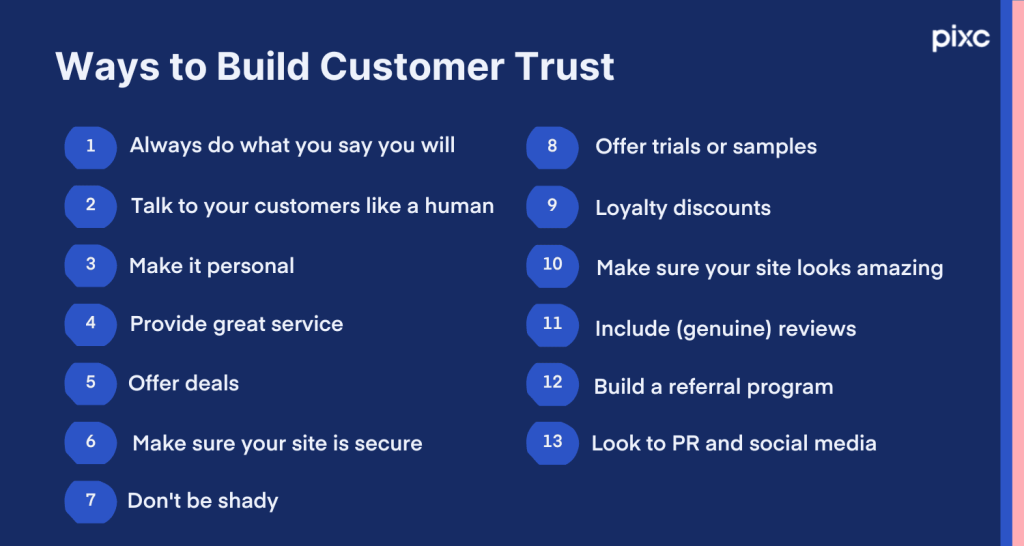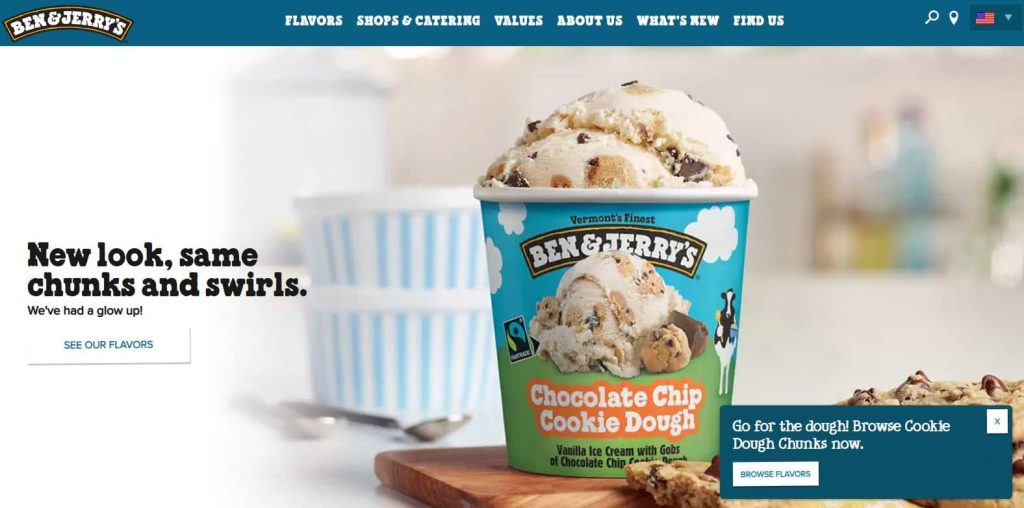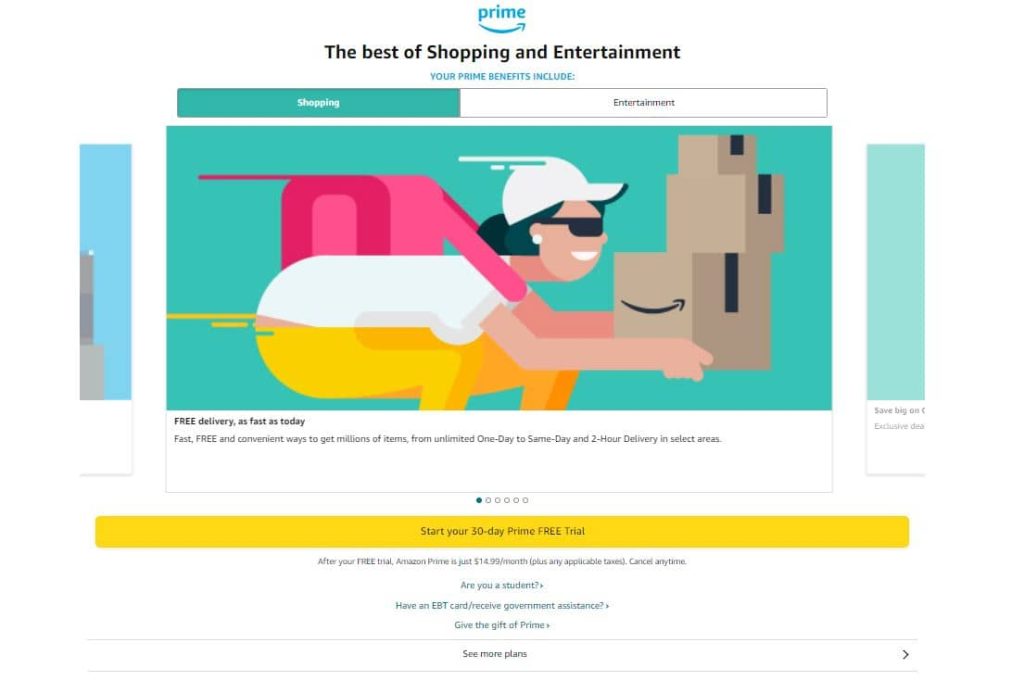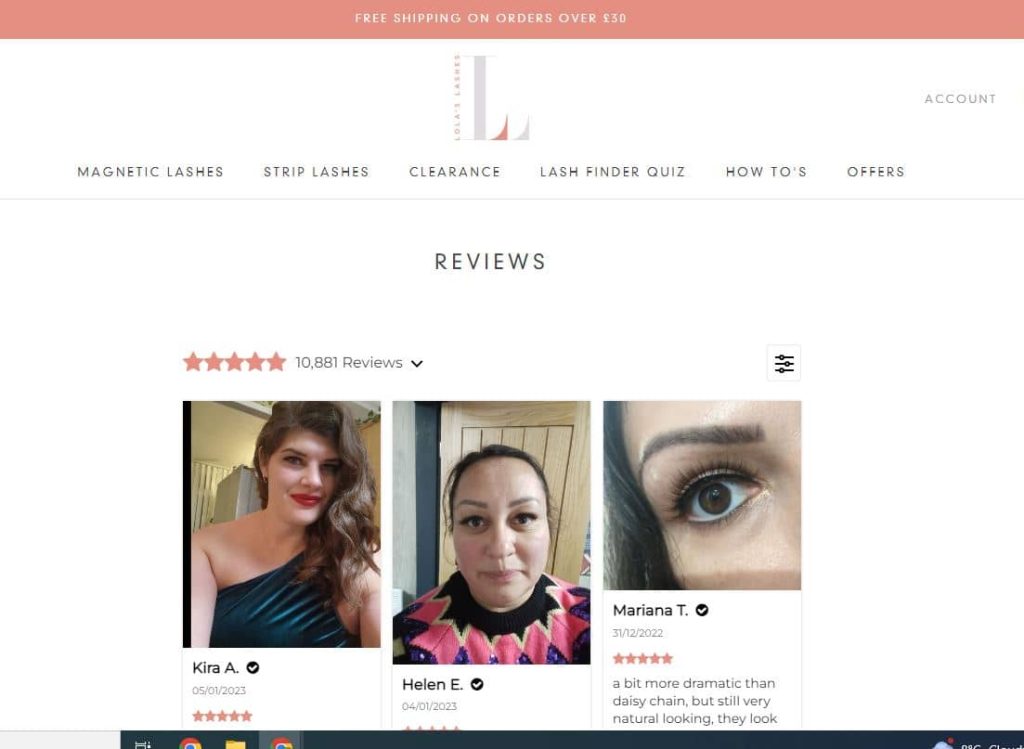How to Make Potential Customers Trust Your Store

Building trust with potential customers is essential for any online store. Unfortunately, with so many online scams, cyber scares, and data protection breaches, customers are weary of who is truthfully providing the items they need.
Trust is, therefore, crucial for your business. It’s the one quality that helps to create a sense of loyalty, respect, and reliability. Building trust with your customers is the key ingredient in repeat patronage.
How can you make your potential customers trust you more? It’s certainly not something you’ll gain in a day, but as you continue reading, you’ll learn all of 13 ways to build customer trust.
How to build trust with your customers

Always do what you say you will
This is a pretty simple trust hack, but how many brands overpromise and underdeliver is always a surprise. Whatever claims or promises you make about your product or service, ensure you live up to them. It’s as simple as that.
By overpromising and under-delivering, you significantly reduce customers’ trust in you. If you offer shipping in 2 days, make sure you live up to expectations. If you offer a 30-day trial with money back, make sure you do it. Your customers will mention any mistakes in their reviews, so you lose a sale and out on new business too.
Talk to your customers like a human
The days of businesses using a ton of jargon, corporate speak, and complicated language are done. Instead, more and more consumers are looking for businesses that speak their language and feel warm and human. Authenticity is a big deal when it comes to trust, so by interacting with your customers how they speak, you’ll help build trust.

A brand that does this authentic, human and informal voice well is the ice cream brand Ben & Jerry’s. The way they “talk” across their website, marketing material, and packaging reflects the brand founders and customers.
It’s authentic, genuine, inclusive, optimistic, and humble. They don’t overthink it, use jargon, or talk in a stuffy way that would alienate their customers; therefore, they build trust and connect with their target audience.
By using this tone of voice consistently, potential customers can start to work out who Ben & Jerry’s is as a brand.
Make it personal
Personalizing your customer communications takes a little setup and integration, but it’s well worth it. Once you’ve created your database and connected your email list and social channels, you can start offering personalized offers, messages, and product ads to your customers. This helps build familiarity and trust and develop a relationship with your customers.

One brand that does personalization incredibly well is Spotify. From Spotify Wrapped to curated playlists, tailored offers, and communications, they take the time to build a profile of their customer to keep them coming back and to be able to pivot them to their paid business model.
For example, building a database of newsletter subscribers is a great way to reach prospective customers, demonstrate added value, and personalize that communication.
Provide great service
Good customer service is essential for increasing trust between businesses and customers. Businesses need to provide customers with a positive experience when interacting with them, as this will ensure that customers are more likely to trust the company and return for future purchases.
When customers are treated with respect and given helpful advice or a brand goes over and above, it builds trust. Ensuring that your customer service representatives are knowledgeable and helpful will also increase customer trust.
Excellent customer service also helps to improve customer satisfaction, which can lead to repeat customers and recommendations. Customers who receive good service will be more likely to recommend the company to their friends and family, leading to increased trust and further business.
Offer deals
Deals show customers that the company values their loyalty, is willing to reward it, and is committed to providing them with a great experience. Deals and offers can also demonstrate that the company is reliable, dependable, and willing to go the extra mile for its customers.
Customers are more likely to trust a company when they feel like they are getting a good deal and when the company is willing to put in the effort to ensure they are happy.
You can also use deals to increase customer loyalty. If customers know they can get a discount or a promotion, they are more likely to return to the company. Deals help to establish a long-term relationship between the customer and the company.
Make sure your site is secure
A secure site is important for trust because it ensures that customers’ personal information is properly protected from potential security threats. When customers feel safe and secure in their online interactions, they are more likely to purchase or provide personal information.
Secure sites also provide customers with peace of mind that their information is not shared with third parties. This level of security helps build and maintain trust between the customer and the website.
They also help build confidence in the website, increasing the likelihood that customers will return in the future and make more purchases. A secure site is a sign of a legitimate, trustworthy business.
Don’t be shady
Businesses operating in a ‘moral gray area’ – such as having weird returns policies, experiencing legal issues, poor customer service, or raising questions about where the stock comes from – can suffer regarding reputation and trust.
Customers will be less likely to purchase from a business that is known for being shady and could even spread negative word-of-mouth about the company, leading to further damage to its public image and even legal issues, depending on what’s going on.
These reasons make it essential for businesses to steer clear of shady practices and instead focus on building a positive reputation and a trustworthy brand.
Offer trials or samples
Trials allow customers to test products before making a purchase. Offers give customers an incentive to try products and services. Both of these strategies demonstrate to customers that a company is confident in the quality of its offering and is willing to give customers a chance to try it out before committing to a purchase. This shows customers that the company values their opinion and is willing to put their money where their mouth is.

Amazon is a stellar example of offering trials and samples on their paid-for services, such as Amazon Prime and Audible. This lets customers see the services’ benefits, convenience, and value before they commit to paying. It takes the risk from the customer and showcases the services to the customer. It isn’t just something huge brands can do either, all brands can build this into their operating costs.
Loyalty discounts
Loyalty discounts build trust because they demonstrate a business’s commitment to its customers. They show customers that the business values their loyalty and wants to reward them for being loyal.
Loyalty discounts also encourage customers to come back and shop with the business in the future, which can help to increase sales and customer satisfaction. They can also help to create a sense of loyalty between a business and its customers, which can help to create a long-term relationship and to build trust between the two.
Make sure your site looks amazing
A professional website is an essential element of a successful online store. Ensure your website is well-designed, user-friendly, and includes all the information your customers need to make an informed decision.
High-quality images will make your products look appealing and create a sense of trust in the minds of your potential customers. Pixc can provide professionally edited images in a few clicks, optimizing your imagery for your ecommerce website.
Include (genuine) reviews
Reviews build trust by providing customers with an insight into the quality of a product or service before they purchase it. By seeing what other customers have experienced with a company, customers can make an informed decision about whether or not they should purchase the product or service and if the company can be trusted.

Ask your customers to leave reviews (offer an incentive if you need to), ideally with images if your product is visual. Lash brand Lola’s Lashes handle their reviews pretty well – they use an automated service to request reviews for customers who have made a purchase, encouraging them to include an image with their review. This provides social proof of the product and positive sentiment for new customers.
Build a referral program
Referral programs benefit businesses by allowing them to reach new customers cost-effectively while also giving existing customers an incentive to recommend the business to their friends and family.
With a referral program, customers feel valued and appreciated, which helps build trust in the business. So it’s about existing customers as well as prospective ones.
Customers who refer a friend or family member are likely to remain loyal to the business since they have invested time and energy into promoting it. Trust is further built when customers see that the business is willing to reward them for their efforts.
Look to PR and social media
PR and social media are a significant part of the marketing mix to help build a brand’s trust, legitimacy, and reputation. Most people start their product and business research online, so if they find socials that look amazing, engagement from existing customers, and positive PR stories about your brand, this can help to develop trust.

Sportswear brand Girlfriend Collective was primarily launched on social media, using ads, reviews, and great imagery to engage their target audience to head to their site, engage and learn more about the brand. This aims to build trust and ultimately lead to a purchase, completing the cycle by sharing, reviewing, and repurchasing the products.
Developing your reputation as a brand is seriously important when it comes to potential customers viewing your business as legitimate, trusted, and safe to buy from. Building that trust can take time and some planning, but it’s worthwhile.
Looking for more marketing tips for ecommerce brands? We’ve got you covered on the Pixc blog.
